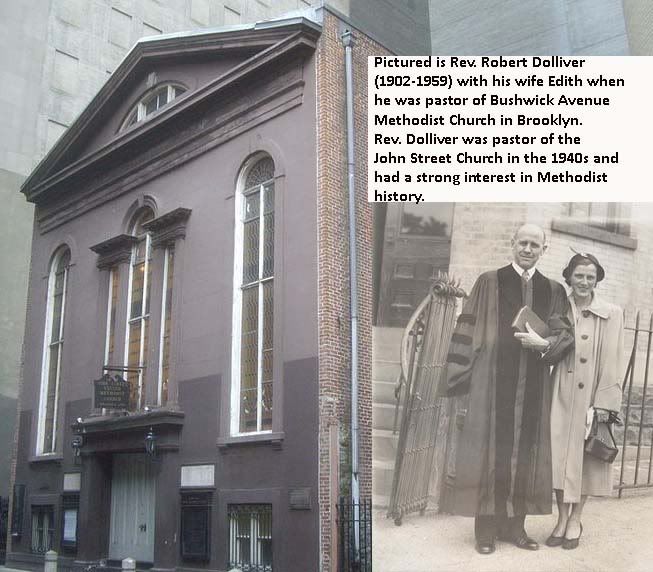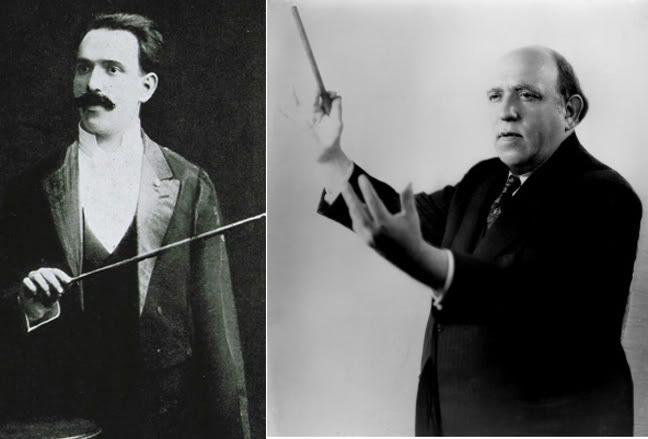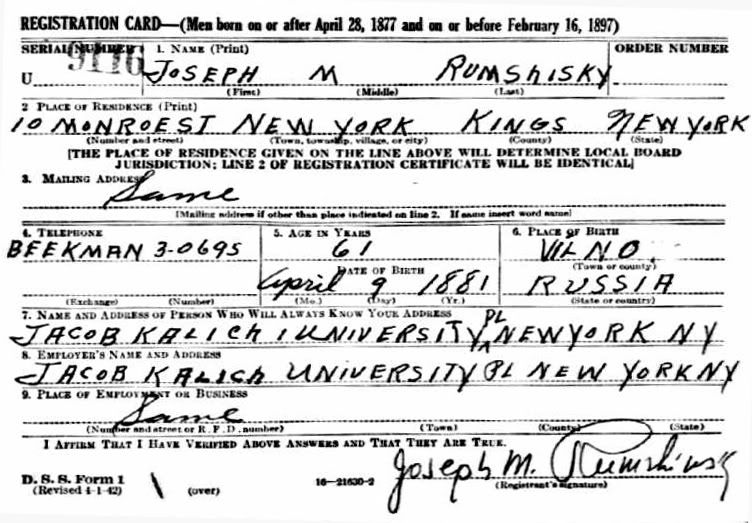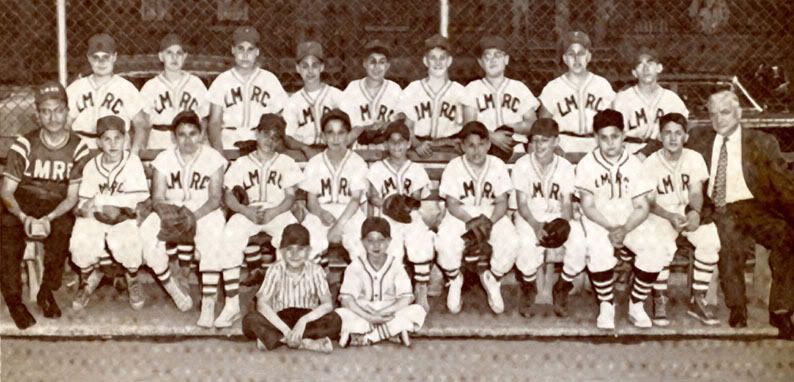Showing posts with label 14 monroe street. Show all posts
Showing posts with label 14 monroe street. Show all posts
Thursday, August 23, 2012
End Of A 14 Monroe Era
We lost a lovely lady, Phyllis Nathanson, last week. It was especially sad because she was the last of my baby boomer friends' parents that lived at 14 Monroe Street. Our condolences to Bob and Jeff and their families. Phyllis lived long enough to be a great-grandmother as well as schep many naches from the accomplishments of her children and grandchildren. The above pictures Phyllis and her husband Moe back in the mid-late 1950's. The Nathansons and Bellels had gone on a boat ride up the Hudson to Bear Mountain.
Sunday, July 15, 2012
Who's Who In Knickerbocker Village History: Reverend Robert Dolliver
In 1940 the Reverend was living at 14 Monroe Street.
The John Street United Methodist Church is a NYC landmark
The John Street United Methodist Church is a NYC landmark
The John Street United Methodist Church located at 44 John Street in Manhattan, New York, USA was built in 1841. It is the third church located at the site. It is the home of the oldest Methodist congregation in North America, starting on October 12, 1766.
It was designated a New York City Landmark in 1964.
Below the sanctuary, the Wesley Chapel Museum displays many artifacts from eighteenth and nineteenth century American Methodist history. These include church record books, the Wesley Clock (a gift of John Wesley, 1769), love feast cups, class meeting circular benches, the original 1785 altar rail, the original 1767 pulpit made by Philip Embury, and Embury's signed Bible.
The current pastor is the Rev. Jason P. Radmacher. The organist and choir master is Earl Wentz.
Hymnist Fanny Crosby was a member of the church congregation for many years.
Wednesday, May 23, 2012
Who's Who In Knickerbocker Village History, 1940 Census: Joseph Rumshinsky
Rumshinsky (often found spelled Rumshisky) actually lived at 14 Monroe. For many years KV addresses were grouped at either 10 Monroe or 40 Monroe Street
depending upon which court residents lived in.
from part of his biography:
from part of his biography:
Among the significant composers and conductors associated with Second Avenue Yiddish musical theater at its zenith—a list that includes a great many once prominent names that are now no longer so widely remembered—Joseph Rumshinsky (1881 [1879?]–1956), along with Sholom Secunda, Alexander Olshanetsky, and Abraham Ellstein, is always considered one of the "big four" in aggregate achievement as well as undiminished fame. The beginning of his Second Avenue career, however, preceded the entrance of the other three in that group. He arrived in America as a young adult and an experienced musician before Ellstein was born, more than a decade before Olshanetsky immigrated from Europe, and only a few years before Secunda's bar mitzvah. (By the time Secunda first attempted to break into the Second Avenue arena, for example, Rumshinsky was already a major force within the entrenched establishment, whose hegemony posed an obstacle to the young newcomer that he could overcome only gradually and patiently—a situation Rumshinsky himself had faced upon his own arrival on the scene years earlier.) In terms of his formative role in the progress of the Yiddish musical, Rumshinsky's generic impact as a would-be reformer—independent of qualitative artistic or literary judgments of his ultimate products—was probably greater than that of the others who followed him. For it was he who first tried to edge Yiddish musical entertainments away from their earlier theatrical crudeness and lift them toward his theoretical ideal of a new American genre of Yiddish light operetta (or, as one critic later characterized Rumshinsky's admittedly unfulfilled aim, operetta in Yiddish). He succeeded, to a degree, in terms of form and structure, as well as with certain lasting innovations both in the pit and on the stage. But content remained little affected in the wake of his commercially driven recidivism. In many respects it may be said of Rumshinsky that his American career mirrored the chronological course of Second Avenue's development from the first decade of the 20th century until the 1950s.
Labels:
14 monroe street,
Joseph Rumshinsky,
who's who
Subscribe to:
Posts (Atom)





























